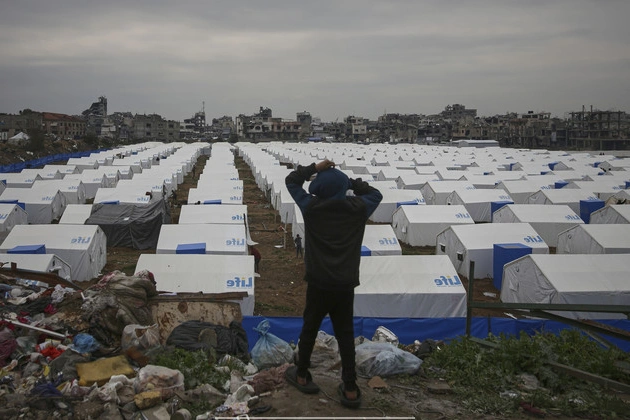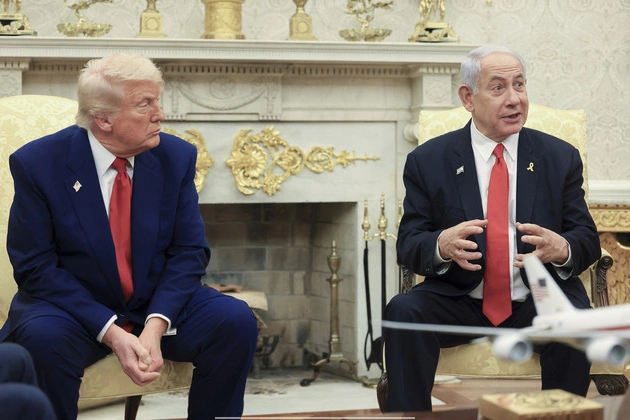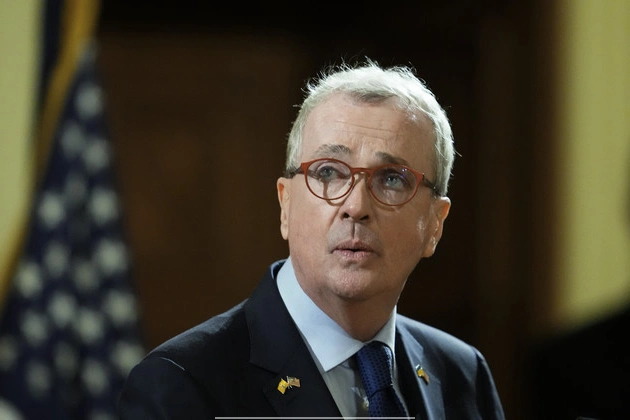
The Trump administration’s abrupt halt on foreign aid is sending shockwaves through international development groups and private federal contractors involved in aid missions worldwide. The sudden pause on U.S. foreign aid has left many organizations struggling to operate, jeopardizing critical services like HIV/AIDS care, child health programs, education initiatives, food security projects, and efforts to combat disinformation in developing countries.
The Humanitarian Crisis Unfolding
According to reports, the State Department’s 90-day freeze on foreign aid has already resulted in layoffs and furloughs for thousands of professionals in the foreign aid sector. This has created a dire situation for organizations that rely on federal funding to carry out their missions abroad.
As the largest provider of humanitarian assistance globally, the U.S. Agency for International Development (USAID) plays a vital role in supporting international development projects. However, the current funding freeze has pushed many organizations to the brink, with some facing the prospect of bankruptcy.
Long-Term Consequences and Recovery Challenges
Experts warn that it may take months or even years for affected federal contractors and NGOs to recover from the financial blow dealt by the aid freeze. The uncertainty surrounding the resumption of funding has cast a shadow of doubt over the future of many humanitarian and development projects.
Without immediate intervention, the humanitarian sector could face a massive exodus of experienced professionals and a wave of organizational closures. The impact of these layoffs and funding disruptions is already being felt across the industry, with some companies resorting to mass layoffs to stay afloat.
Policy Implications and Future Directions
While Secretary of State Marco Rubio has allowed waivers for life-saving humanitarian assistance to continue, the overall impact of the aid freeze remains significant. The administration’s decision to review existing contracts and realign foreign aid with national interests has raised concerns about the future of U.S. engagement and global stability.
As the crisis unfolds, lawmakers and industry experts are calling for swift action to address the funding pause and its implications for U.S. foreign policy. The potential shift of aid responsibilities from USAID to the State Department could further complicate the situation and impact the distribution of funding to critical aid programs.
Looking Ahead
As the humanitarian sector grapples with layoffs, funding uncertainties, and policy changes, the long-term ramifications of the aid freeze remain uncertain. The need for a coordinated response to support affected organizations and professionals is becoming increasingly urgent.
Amidst these challenges, the global aid community is bracing for a period of instability and change, with the repercussions of the funding freeze reverberating across continents. The future of humanitarian assistance and international development hangs in the balance as organizations navigate the fallout of the Trump administration’s foreign aid policies.















